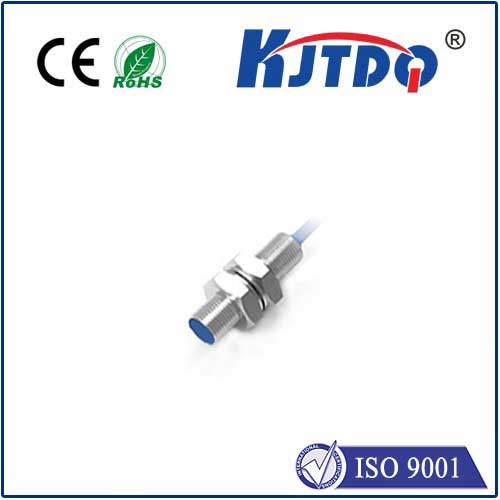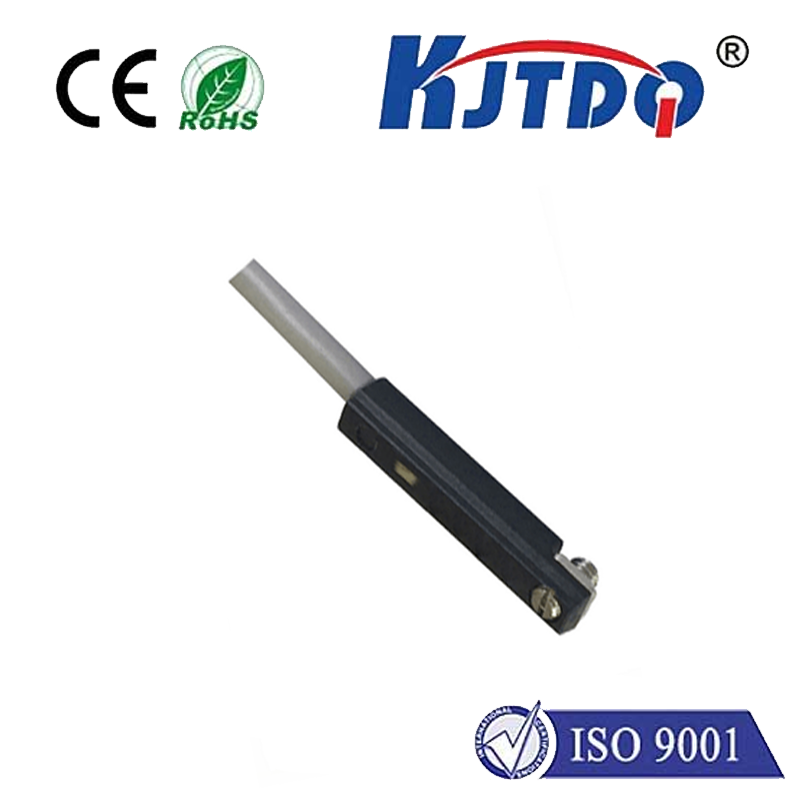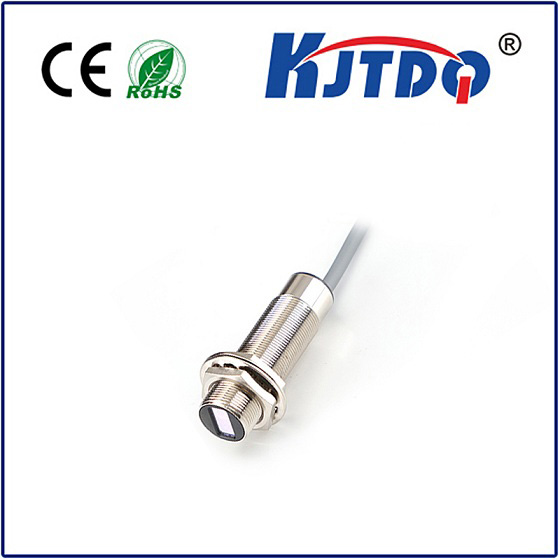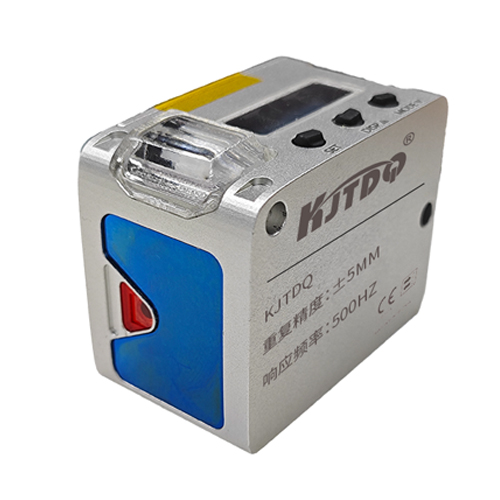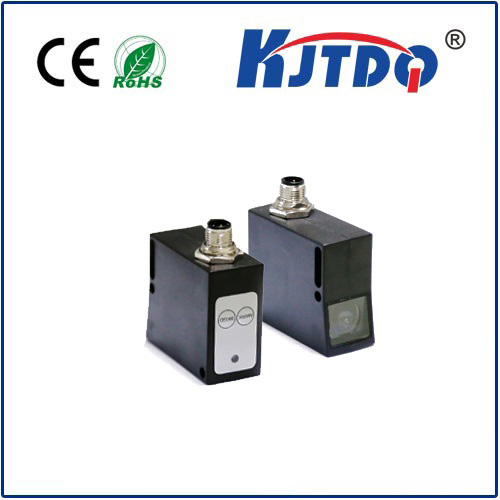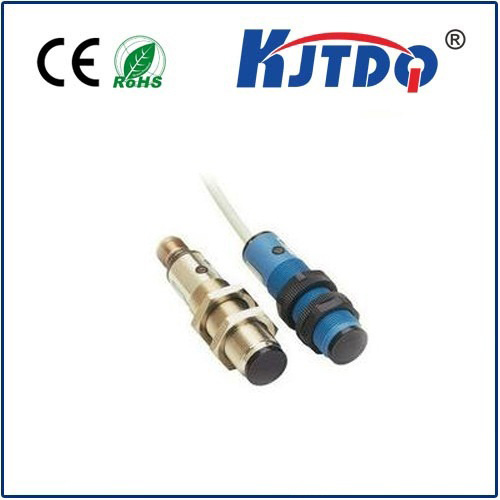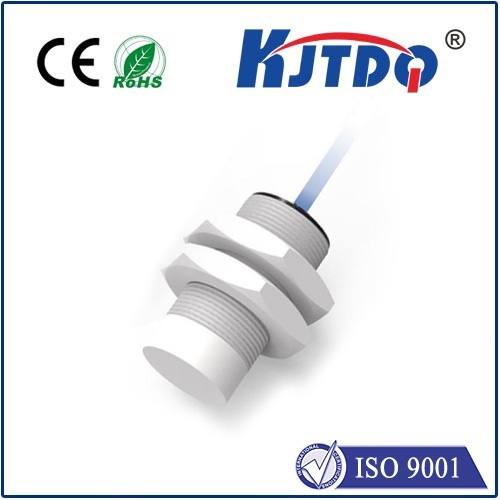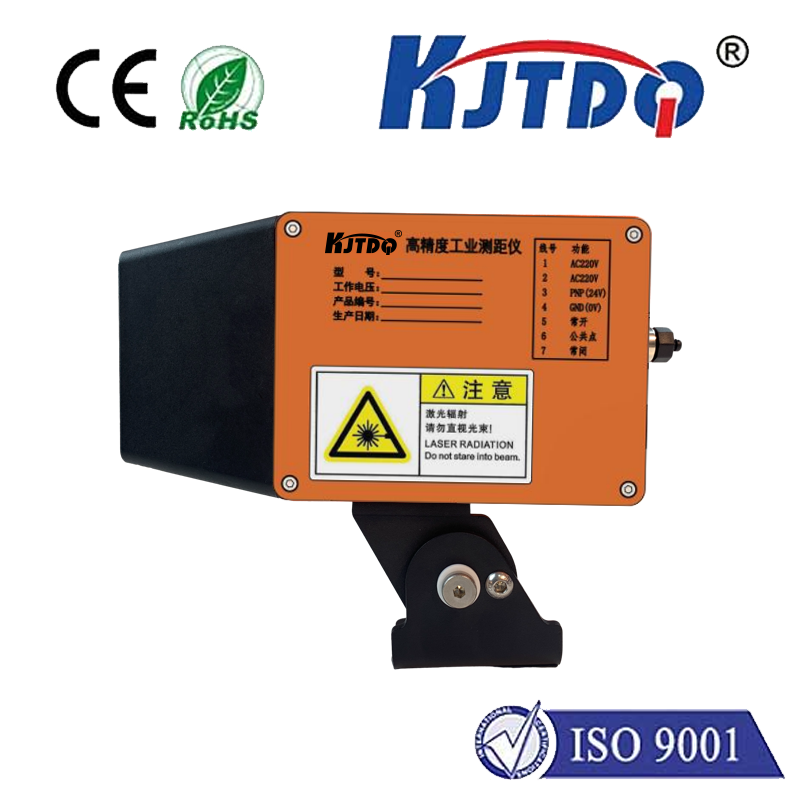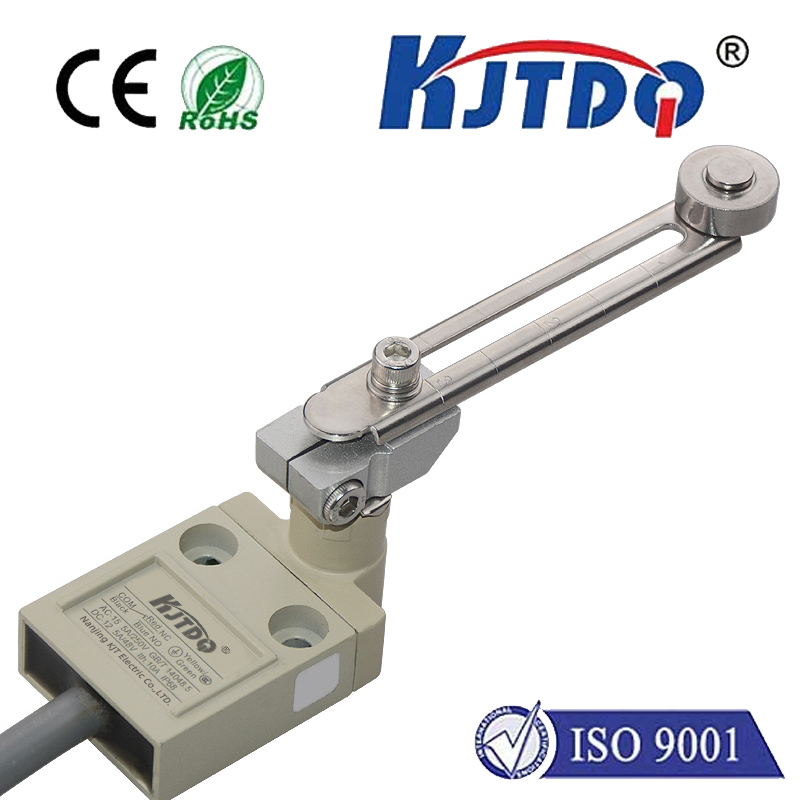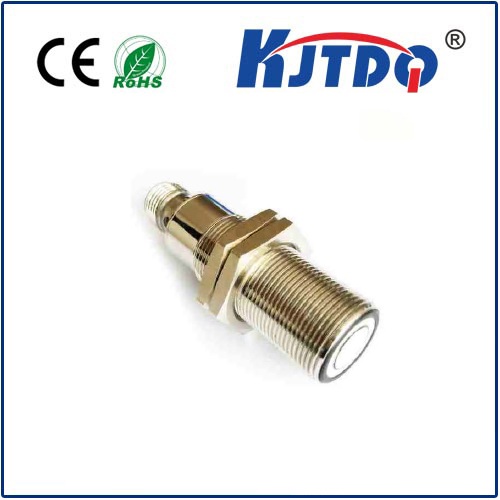

check

check

check

check

check

check

check

check

check

check
As the Internet of Things (IoT) continues to revolutionize various industries, one technology that has become increasingly important is the flush proximity sensor. These tiny devices have found widespread use in IoT devices due to their ability to detect and respond to proximity without the need for physical contact. In this article, we will explore the evolution of flush proximity sensors, their advancements, and their diverse applications in different sectors.
Introduction to Flush Proximity Sensors
Flush proximity sensors are a type of non-contact infrared sensor that uses electromagnetic radiation to determine the distance between two objects. These sensors can be used to detect the presence or absence of an object by detecting changes in its electromagnetic field. They are particularly useful in scenarios where physical contact is not necessary, making them ideal for use in IoT devices.
The Evolution of Flush Proximity Sensors
Flush proximity sensors have come a long way since their inception. In the early days, these sensors had limited range and accuracy, which made them unsuitable for most applications. However, advances in technology have significantly improved their performance over the years. Today, flush proximity sensors are available with a wide range of features, including high precision, adjustable sensitivity, and long-range detection.
Advancements inflush Proximity Sensors
One of the key advancements in flush proximity sensors is their miniaturization. As component costs have decreased, manufacturers have been able to make these sensors smaller and more affordable. This has led to the development of microflush sensors that are capable of detecting objects as small as a few millimeters away. Additionally, new materials and design techniques have made flush proximity sensors more durable and reliable, further enhancing their popularity in IoT applications.
Applications of Flush Proximity Sensors in Different Sectors
Flush proximity sensors have numerous applications in various industries, including manufacturing, healthcare, logistics, and home automation. In manufacturing, these sensors are used to monitor the movement of machines and prevent accidents. In healthcare, they are used to track patient vital signs and alert healthcare professionals if there are any changes. In logistics, they help improve inventory management by detecting when goods are about to expire. In home automation, they are used to control lighting and other appliances based on user presence.
Conclusion
In conclusion, flush proximity sensors have come a long way from their early days of limited range and accuracy. With their miniaturization, high precision, and versatility, these sensors have become an essential component of many IoT devices. As technology continues to advance, we can expect even more innovative applications of flush proximity sensors in different sectors, further enhancing their usefulness and impact on our lives.
